What Is Brut Champagne?
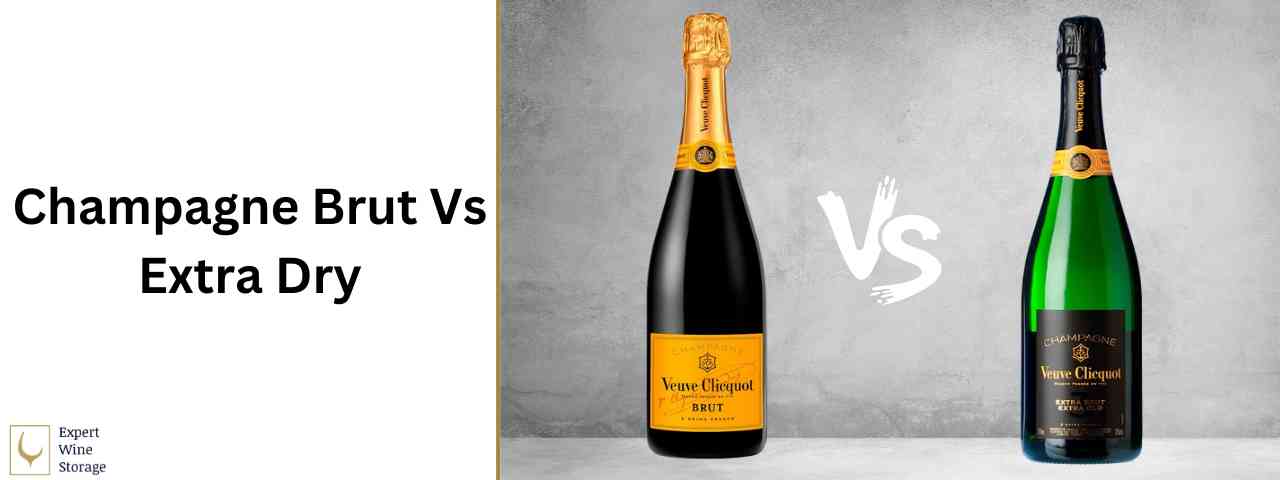
Brut Champagne is a popular style of Champagne that is characterized by its dryness and crispness. It is the most common type of Champagne and is known for its elegance and versatility. The term “brut” actually means “raw” or “unrefined” in French, but in the context of Champagne, it refers to the low sugar content in the wine. Brut Champagne typically has a sugar dosage of less than 12 grams per liter, resulting in a dry and refreshing taste. This makes it an ideal choice for those who prefer a less sweet and more balanced Champagne experience.
What Defines Brut Champagne
Brut Champagne is defined by its dryness and crispness, making it a popular choice among wine enthusiasts. The term “brut” refers to the low sugar content in the wine, typically less than 12 grams per liter. This results in a refreshing taste that is less sweet compared to other Champagne styles. The elegance and versatility of Brut Champagne make it suitable for a wide range of occasions, from celebratory events to casual gatherings. Its balanced flavor profile and ability to pair well with various foods contribute to its popularity among Champagne lovers.
The Sweetness Levels In Brut Champagne
The sweetness levels in Brut Champagne are defined by the amount of sugar present in the wine. Brut Champagne is known for its dryness, with typically less than 12 grams of sugar per liter. This low sugar content gives Brut Champagne its crisp and refreshing taste. The term “brut” indicates a higher level of dryness compared to other Champagne styles. It is important to note that within the category of Brut Champagne, there is a range of sweetness levels, with some being slightly sweeter than others.
Exploring Extra Dry Champagne
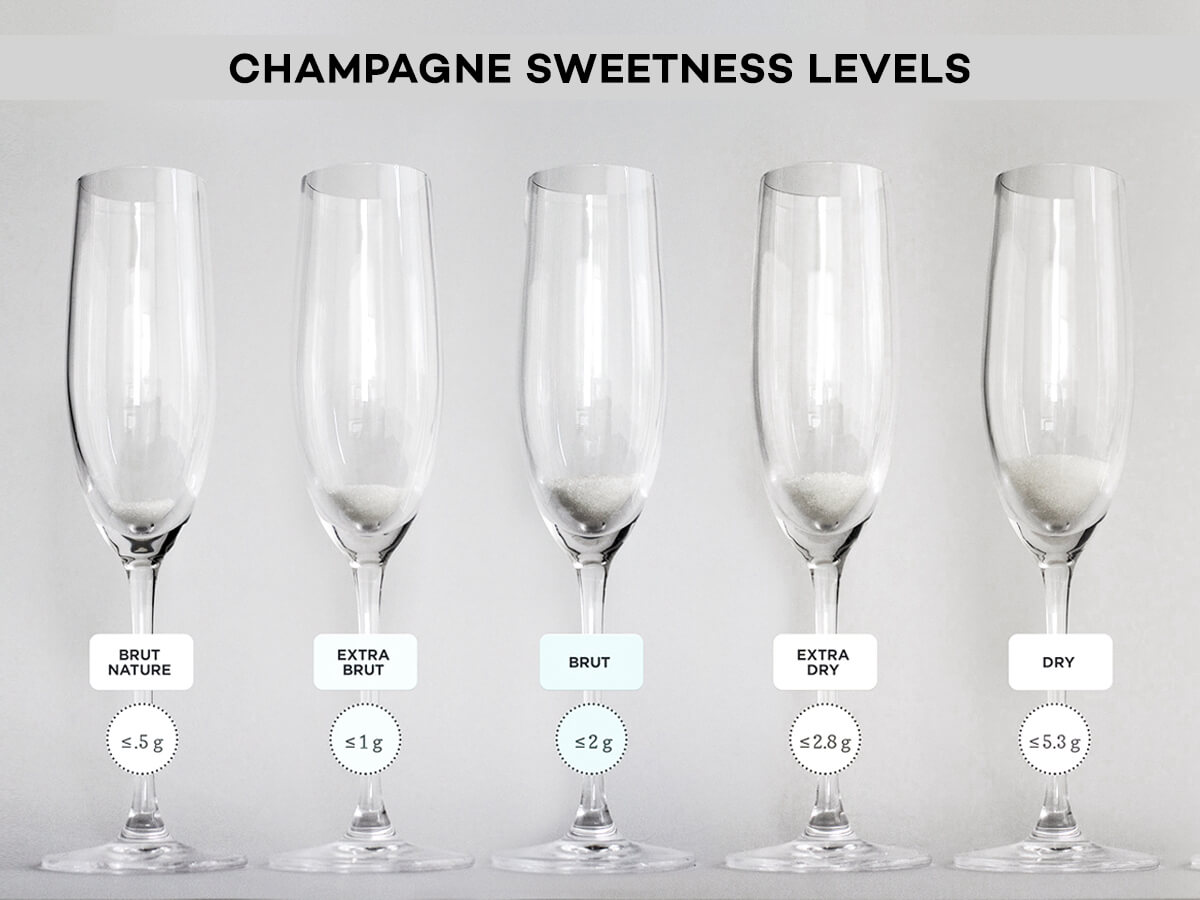
Exploring Extra Dry Champagne: Extra Dry Champagne is a type of sparkling wine that falls on the sweeter end of the scale compared to Brut Champagne. While not as sweet as other styles like Demi-Sec or Doux, Extra Dry Champagne offers a touch of sweetness and roundness to balance its acidity. This makes it an excellent choice for those who prefer a slightly sweeter sparkling wine. Some popular brands known for producing Extra Dry Champagne include Moët & Chandon, Veuve Clicquot, and Laurent-Perrier. Pair Extra Dry Champagne with a variety of foods, including seafood, poultry, and soft cheeses, to enhance your dining experience.
Characteristics Of Extra Dry Champagne
Extra Dry Champagne is known for its unique characteristics that set it apart from other styles of Champagne. It offers a delicate balance between sweetness and acidity, making it a versatile option for those who prefer a slightly sweeter taste. The aromas in Extra Dry Champagne often include floral notes, ripe fruits, and hints of honey. On the palate, it exhibits a smooth and round mouthfeel, with flavors of citrus, pear, and almond. The fine bubbles and crisp finish add to the overall elegance of Extra Dry Champagne, making it a delightful choice for special occasions.
Comparison Between Extra Dry And Brut Champagne
Extra Dry and Brut Champagne are two distinct styles with varying sweetness levels. Extra Dry Champagne, despite its name, is actually slightly sweeter than Brut Champagne. Extra Dry Champagne has a sweetness level of 12-17 grams of sugar per liter, while Brut Champagne is drier with a sugar content of 6-12 grams per liter. When it comes to taste profiles, Extra Dry Champagne offers a delicate balance between sweetness and acidity, with notes of floral, ripe fruits, and hints of honey. On the other hand, Brut Champagne is known for its dryness, crispness, and flavors of citrus, pear, and almond. Both styles have their unique characteristics, catering to different preferences and occasions.
Differences In Production
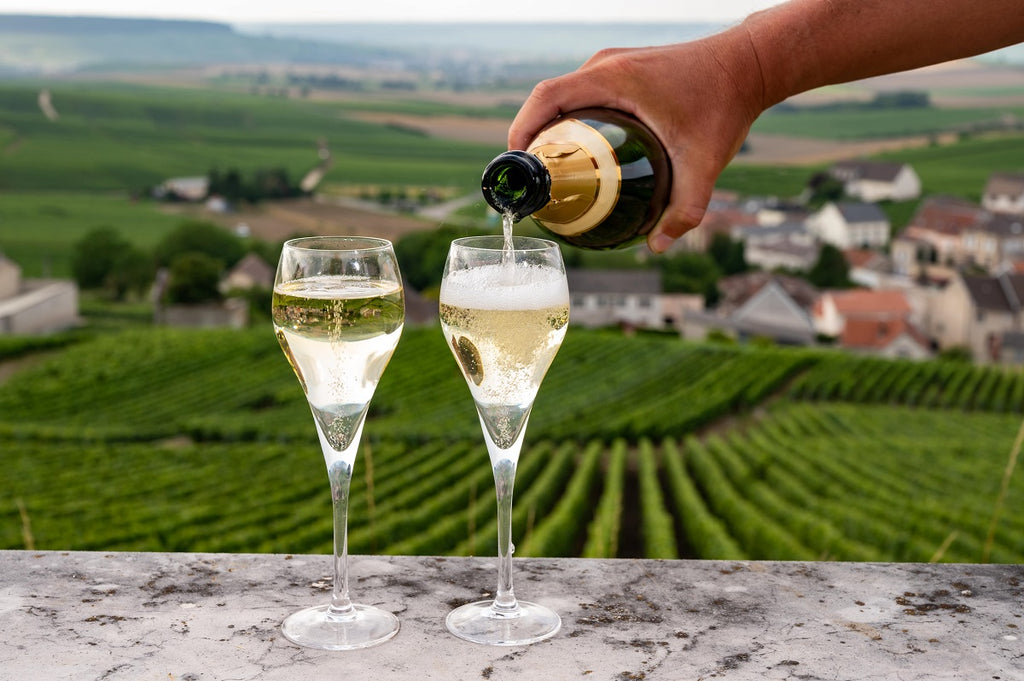
Differences in Production:
When it comes to the production of Champagne, the terminology used can have a significant impact on the taste and style of the wine. The process starts with the base wine, which undergoes fermentation in the bottle to create the bubbles. Both Brut and Extra Dry Champagnes go through a second fermentation, known as the méthode champenoise. However, the dosage, or addition of sugar, differs between the two styles. Brut Champagne typically has a lower dosage, resulting in a drier finish, while Extra Dry Champagne has a slightly higher dosage, offering a touch of sweetness. This variation in dosage plays a key role in shaping the flavor profile of each style.
Champagne Terminology In The Production Process
Champagne terminology in the production process plays a crucial role in understanding the differences between Brut and Extra Dry Champagne. Both styles undergo a second fermentation known as the méthode champenoise, where the bubbles are created. However, the dosage, or addition of sugar, varies between the two. Brut Champagne has a lower dosage, resulting in a drier finish, while Extra Dry Champagne has a slightly higher dosage, offering a touch of sweetness. This terminology is essential in shaping the flavor profile of each style, making Brut and Extra Dry Champagne distinct in their taste and style.
Impact Of Terminology On Taste And Style
The terminology used in the production process of Champagne plays a crucial role in shaping its taste and style. The difference between Brut and Extra Dry lies in the amount of sugar added during the dosage. Brut Champagne, with its lower dosage, offers a drier and more crisp flavor profile, while Extra Dry Champagne, with a slightly higher dosage, provides a touch of sweetness. This terminology allows consumers to select the style of Champagne that suits their preferences, ensuring a personalized and enjoyable tasting experience. Understanding the impact of terminology on taste and style empowers wine enthusiasts to make informed choices.
Popular Champagne Brands

There are several popular Champagne brands that are known for their exceptional quality and wide range of offerings. Some of the renowned brands associated with Brut Champagne include Moët & Chandon, Veuve Clicquot, and Krug. These brands have established themselves as leaders in the industry, consistently producing high-quality Brut Champagne that is loved by wine enthusiasts around the world. When it comes to Extra Dry Champagne, brands like Laurent-Perrier, Taittinger, and Perrier-Jouët are highly recognized for their excellent offerings. These brands have perfected the art of crafting Extra Dry Champagne that combines elegance and a touch of sweetness, providing a delightful drinking experience.
Brands Known For Brut Champagne
Some of the renowned Champagne brands known for their exceptional Brut offerings include Moët & Chandon, Veuve Clicquot, and Krug. These brands have established themselves as leaders in the industry, consistently producing high-quality Brut Champagne that is loved by wine enthusiasts around the world. With their expertise in Champagne production, these brands have perfected the art of crafting delicious and elegant Brut Champagne. When looking for a bottle of Brut Champagne, you can trust these brands to deliver a delightful drinking experience.
Brands Recognized For Extra Dry Champagne
Brands that are well-known for their Extra Dry Champagne include Perrier-Jouët, Laurent-Perrier, and Taittinger. These respected Champagne houses have mastered the art of crafting Extra Dry Champagne that strikes a delicate balance between sweetness and acidity. The Extra Dry offerings from these brands showcase vibrant flavors of ripe fruits, floral notes, and a hint of sweetness on the palate. With their expertise and exceptional attention to detail, these brands have solidified their reputation for producing high-quality Extra Dry Champagne that is enjoyed by wine connoisseurs worldwide.
Food Pairing Recommendations
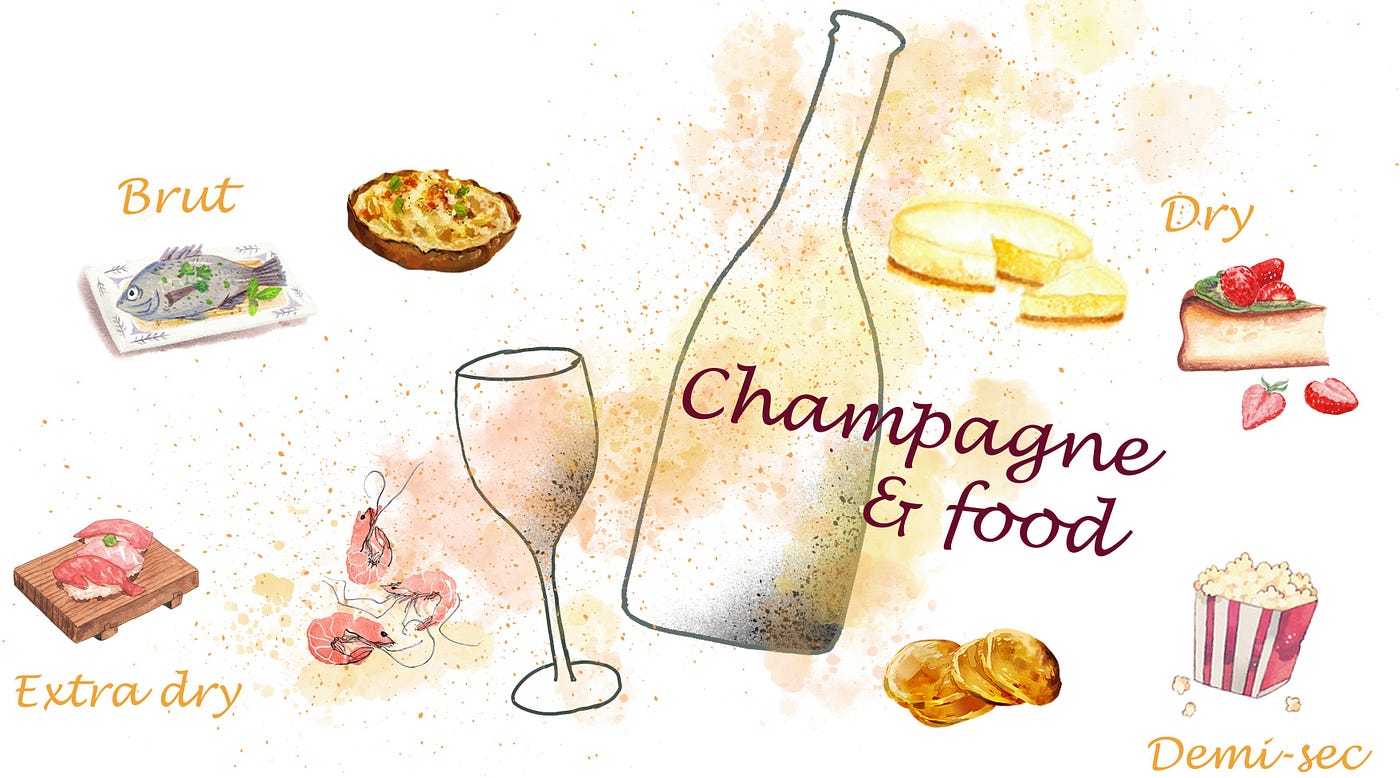
When it comes to pairing Champagne with food, Brut Champagne and Extra Dry Champagne offer different taste profiles that complement a range of dishes. Brut Champagne’s crisp acidity and dry finish make it a perfect accompaniment to seafood, oysters, and light appetizers. On the other hand, Extra Dry Champagne’s subtle sweetness pairs well with slightly richer dishes such as foie gras, roasted poultry, or creamy desserts. By considering the sweetness levels and characteristics of each Champagne style, you can enhance your dining experience and create harmonious flavor combinations. So, next time you pop open a bottle of Champagne, consider the food you’re enjoying to elevate your tasting experience.
Ideal Food Pairings For Brut Champagne
Ideal food pairings for Brut Champagne include oysters, caviar, and light seafood dishes. The dry and crisp nature of Brut Champagne enhances the flavors of these delicate and briny foods. It also pairs well with light appetizers such as canapés, cheeses, and salads. The acidity in Brut Champagne cuts through the richness of fatty foods, creating a balanced and enjoyable dining experience. Whether you’re hosting a sophisticated cocktail party or indulging in a seafood feast, serving Brut Champagne will elevate the flavors of your dishes and leave your guests impressed.
Suggested Dishes To Complement Extra Dry Champagne
When it comes to pairing dishes with Extra Dry Champagne, there are a few key recommendations to consider. The subtle sweetness and balanced acidity of Extra Dry Champagne make it a versatile companion for a variety of flavors. It pairs well with slightly richer dishes such as foie gras, roasted poultry, and creamy desserts like crème brûlée or cheesecake. The sweetness in the champagne can complement the richness in these dishes, creating a harmonious and indulgent experience. Additionally, the effervescence of the Champagne helps to cleanse the palate and enhance the flavors of each bite.
Conclusion
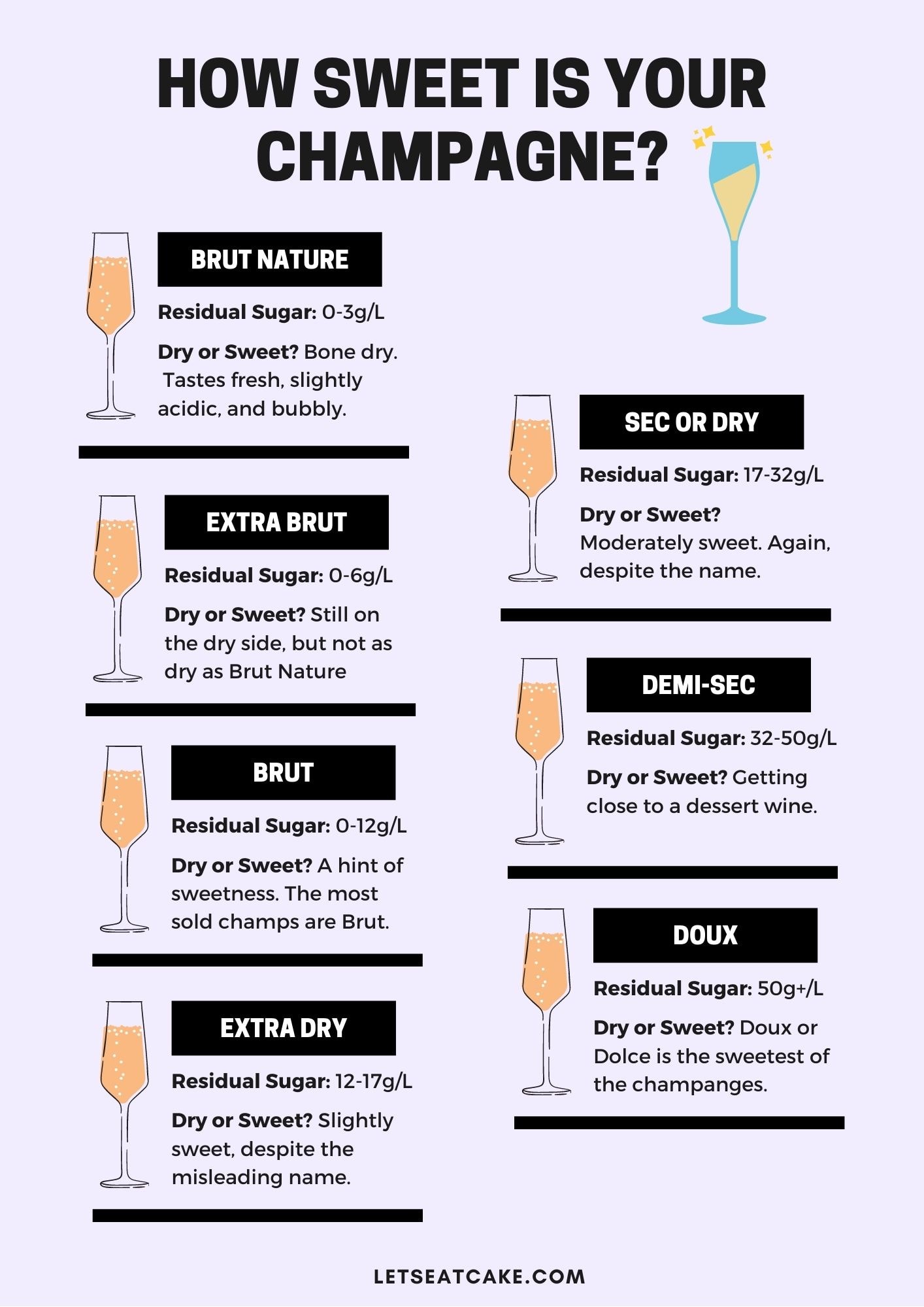
In conclusion, understanding the differences between Brut and Extra Dry Champagne allows wine enthusiasts to confidently navigate the world of sparkling wines. Each term represents a distinct level of sweetness, with Brut being the driest and Extra Dry offering a touch of sweetness. By exploring different producers and cuvées, individuals can discover the nuances and styles that best suit their palate. Whether you prefer the dryness and crispness of Brut Champagne or the slightly sweeter and rounder profile of Extra Dry Champagne, knowing the terminology empowers you to make informed choices for any occasion. Cheers to experiencing the delightful complexity of Champagne!
Understanding The Nuances Of Brut And Extra Dry Champagne
Understanding the nuances of Brut and Extra Dry Champagne is crucial for appreciating the different taste profiles that these sparkling wines offer. While Brut Champagne is known for its dryness and crispness, Extra Dry Champagne provides a slightly sweeter and rounder flavor. Each style offers a unique drinking experience, allowing wine enthusiasts to select the Champagne that best suits their palate. By delving into the world of Brut and Extra Dry Champagne, individuals can explore the delicate balance between acidity and sweetness, and discover the diverse range of flavors that these sparkling wines have to offer.
Key Takeaways And Recommendations
The key takeaways from understanding the nuances of Brut and Extra Dry Champagne are as follows:
- Brut Champagne is known for its dryness and crispness, while Extra Dry Champagne offers a slightly sweeter and rounder flavor.
- The terminology used in Champagne production can greatly impact the taste and style of the wine.
- When selecting Champagne, consider the sweetness level that best suits your preferences and the food pairing you have in mind.
- Popular brands known for Brut Champagne include Moët & Chandon and Veuve Clicquot, while Laurent-Perrier is recognized for its Extra Dry Champagne.
In conclusion, exploring the differences between Brut and Extra Dry Champagne allows for a deeper appreciation of the diverse flavors and profiles that these sparkling wines have to offer. Cheers!
FAQ About Brut Vs Extra Dry: Understanding Champagne Terminology
Q: What is the difference between Brut and Extra Dry Champagne?
A: The main difference lies in their sweetness levels. Brut Champagne is drier and has less residual sugar compared to Extra Dry Champagne.
Q: How can one identify Brut and Extra Dry Champagne?
A: Brut Champagne is typically labeled as “Brut” and is the most common type of Champagne, offering a crisp, dry taste. Extra Dry Champagne, despite its name, is actually slightly sweeter than Brut and can be identified by its label.
Q: Which one is sweeter – Brut or Extra Dry Champagne?
A: Contrary to what the name suggests, Extra Dry Champagne is sweeter than Brut Champagne. Extra Dry has a higher sugar content, making it slightly sweeter on the palate.
Q: Are Brut and Extra Dry Champagne suitable for specific occasions?
A: Brut Champagne is versatile and pairs well with a variety of dishes, making it a popular choice for celebrations and gatherings. Extra Dry Champagne, with its hint of sweetness, is often enjoyed as an aperitif or with desserts.
Q: Do Brut and Extra Dry Champagne differ in terms of food pairings?
A: Yes, the sweetness levels of Brut and Extra Dry Champagne influence their food pairing options. Brut Champagne complements savory dishes like seafood or poultry, while Extra Dry Champagne goes well with spicy or fruit-based desserts.
Q: Which Champagne style is more widely available – Brut or Extra Dry?
A: Brut Champagne is the most commonly produced and widely available style among Champagne drinkers globally. Extra Dry Champagne, although less common, offers a unique taste profile for those seeking a slightly sweeter sparkling wine.
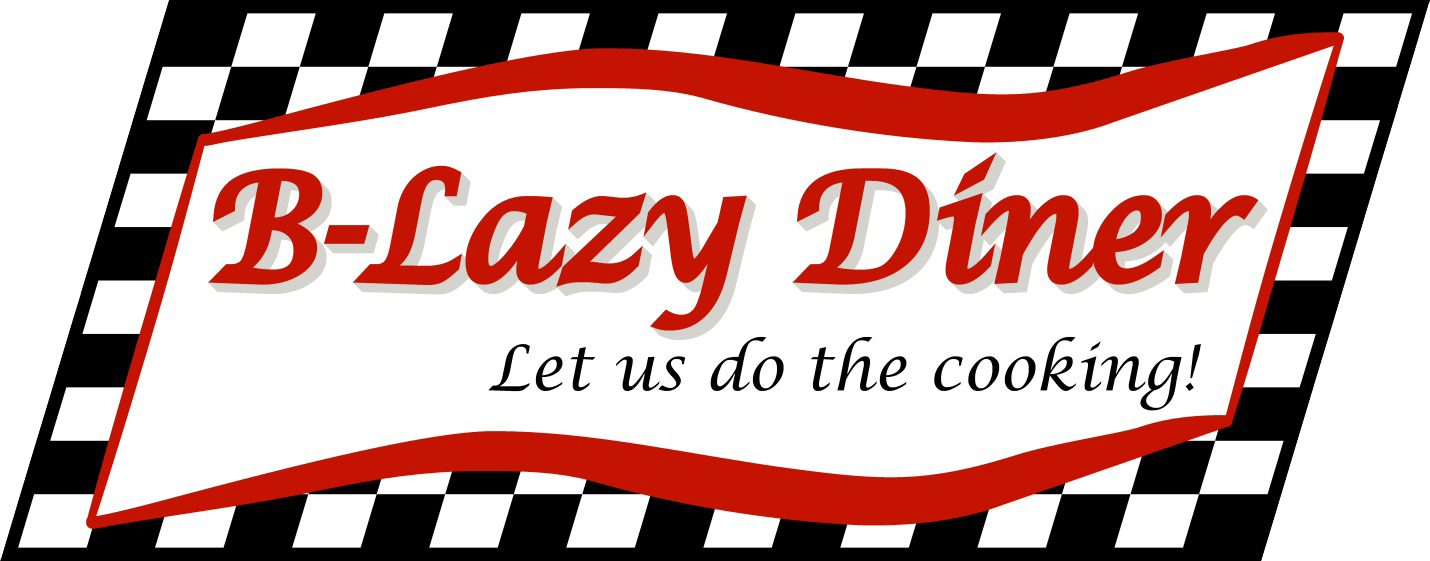
A local, family-owned fast food and ice-cream diner in Wind Lake, Wisconsin. We might be small, but we are big on fast-friendly service with everything cooked to order. B-Lazy Diner offers chicken and fish fry buckets, served up with French fries and our famous homemade coleslaw and tarter sauce, along with a variety of wraps, seasoned burgers, homemade soups, and, of course, ice cream cones, sundaes, malts, and shakes.